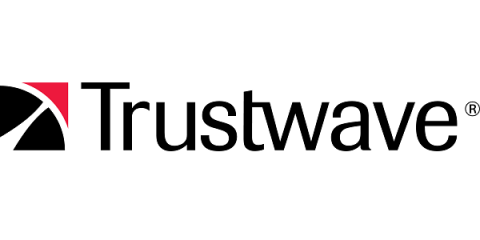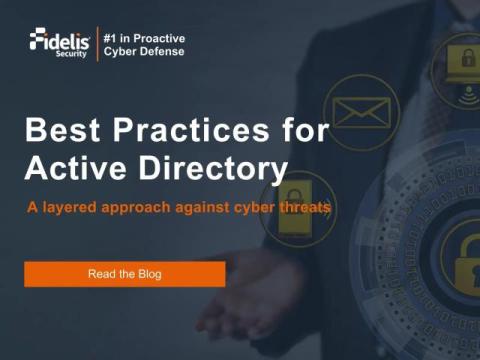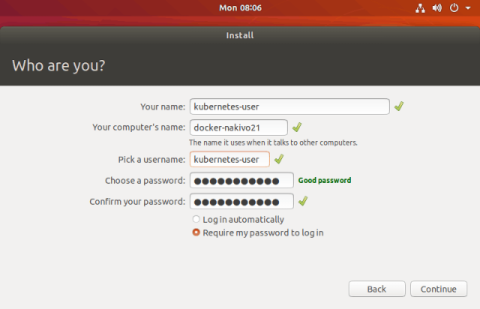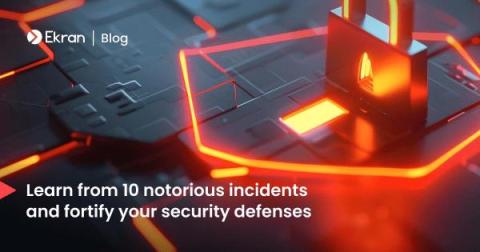Trustwave Backs Multinational OT Security Recommendations to Protect Critical Infrastructure
The Canadian, US, and UK governments issued a series of recommendations in their just-released security alert Defending OT Operations Against Ongoing Pro-Russia Hacktivist Activity, which mirror my own insights on the important topic. The alert notes that all three governments are aware of pro-Russia hacktivists targeting and compromising small-scale OT systems in North American and European Water and Wastewater Systems (WWS), Dams, Energy, and Food and Agriculture sectors.











